Culinary Tour, Italy & Portugal September-October 2019
This was a day visiting the medieval walled town of Castelo Rodgrio, lovely river cruising and traversing a very deep lock on the river.
Castelo Rodgrigo dates from the 11th and 12th Centuries. Today it still has about 50 inhabitants within the walls of the old city. As we arrived, we saw how the cork bark that is stripped from the trees is stacked and then loaded for transport. (lots of cork forests!)
We entered the Castelo thru the ancient arch and walked to the church and belltower and then to the 16th century Pillory. The pillory would be a typical structure in a medieval town. This would normally be located in the center of the town, and would be a majestic structure symbolizing power. They were used to post edicts, as a gathering place to inform the population of doings and as a place to expose and publicly punish criminals.
The street leading away from the Pillory (towards the jail) was the "Street of Misery". Criminals were often stoned as they were marched down the street and if they survived the stoning, they might be pardoned. This village also boasted a Jewish population, and their area is still preserved. The Cistern is the area of the mikvah.
Following this visit, we returned to the ship and sailed to one of the very deep locks. The photo shows how high the river was when we began, and how far down we needed to "drop". The water is the pool on the sundeck of the ship. This was the Valeira Lock.
Carol Rosen
28 chapters
16 Apr 2020
An Old Walled Gothic Town
Castelo Rodrigo
This was a day visiting the medieval walled town of Castelo Rodgrio, lovely river cruising and traversing a very deep lock on the river.
Castelo Rodgrigo dates from the 11th and 12th Centuries. Today it still has about 50 inhabitants within the walls of the old city. As we arrived, we saw how the cork bark that is stripped from the trees is stacked and then loaded for transport. (lots of cork forests!)
We entered the Castelo thru the ancient arch and walked to the church and belltower and then to the 16th century Pillory. The pillory would be a typical structure in a medieval town. This would normally be located in the center of the town, and would be a majestic structure symbolizing power. They were used to post edicts, as a gathering place to inform the population of doings and as a place to expose and publicly punish criminals.
The street leading away from the Pillory (towards the jail) was the "Street of Misery". Criminals were often stoned as they were marched down the street and if they survived the stoning, they might be pardoned. This village also boasted a Jewish population, and their area is still preserved. The Cistern is the area of the mikvah.
Following this visit, we returned to the ship and sailed to one of the very deep locks. The photo shows how high the river was when we began, and how far down we needed to "drop". The water is the pool on the sundeck of the ship. This was the Valeira Lock.
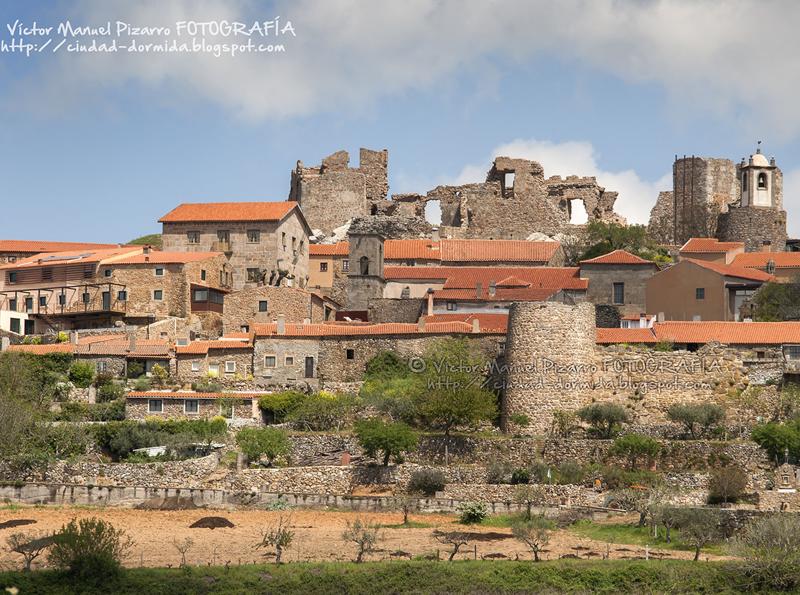

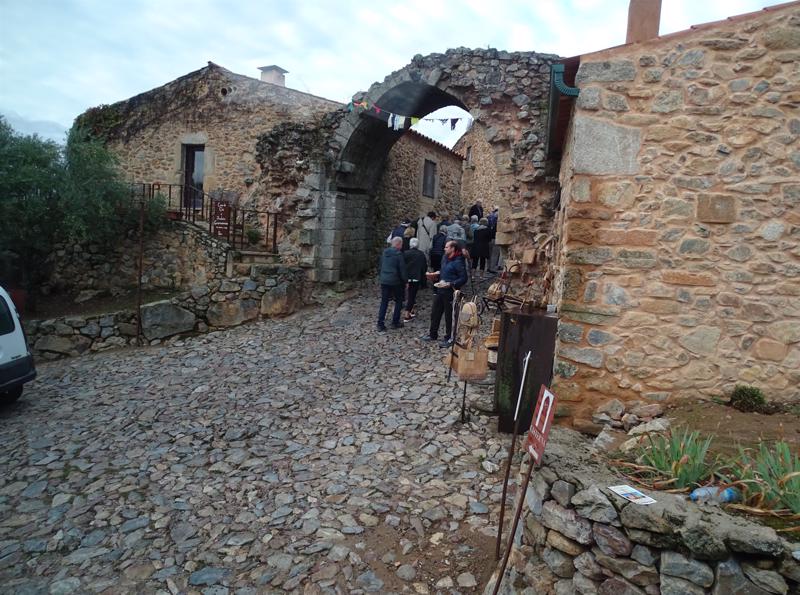
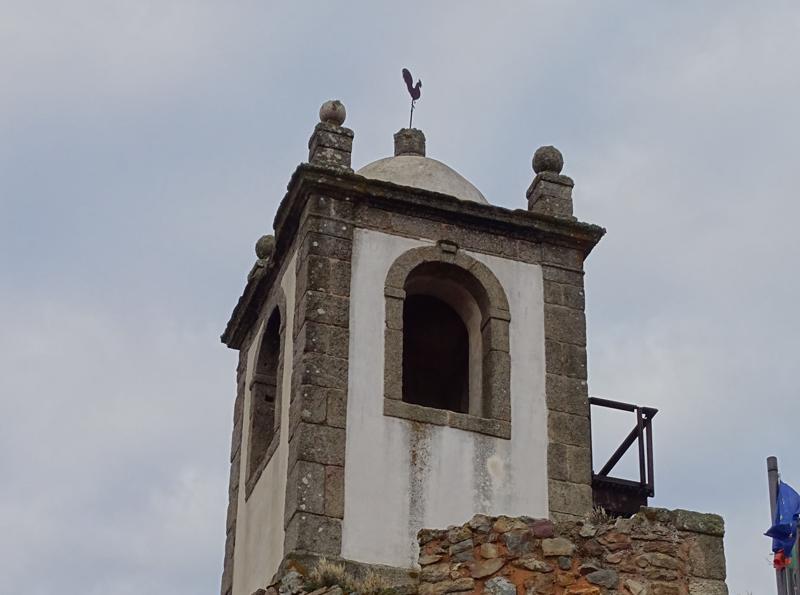
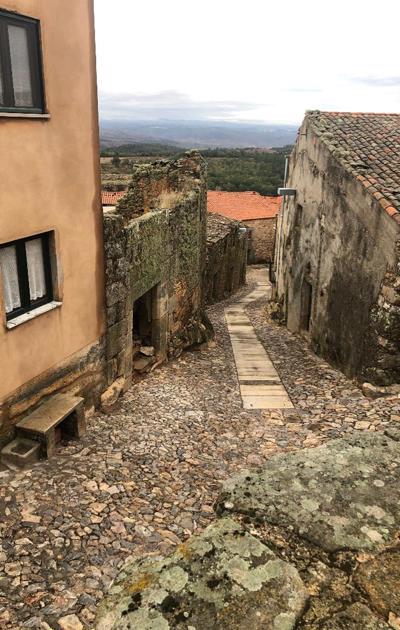
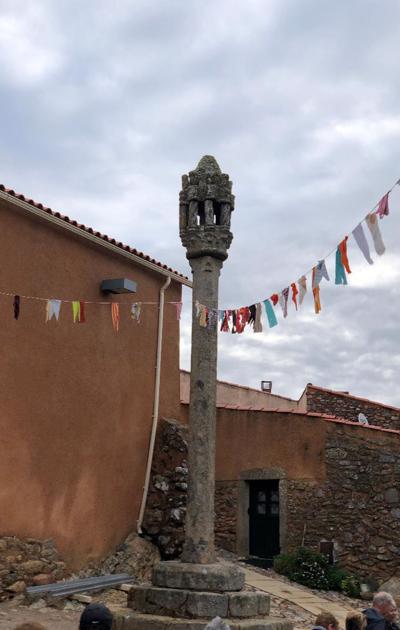
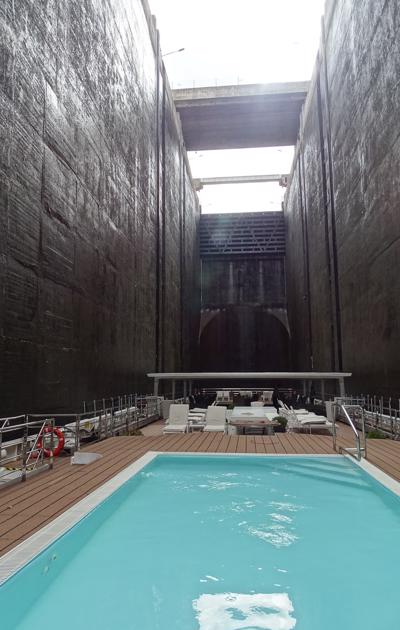
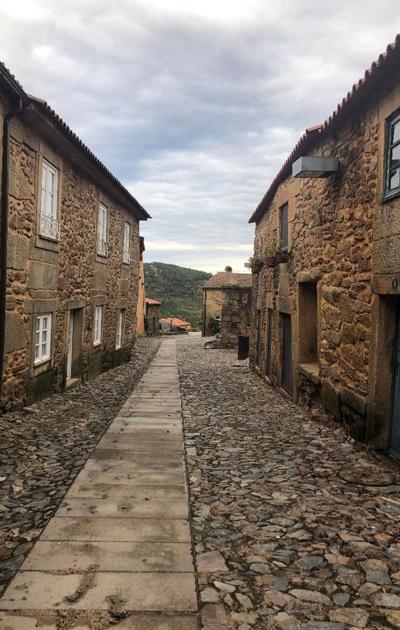
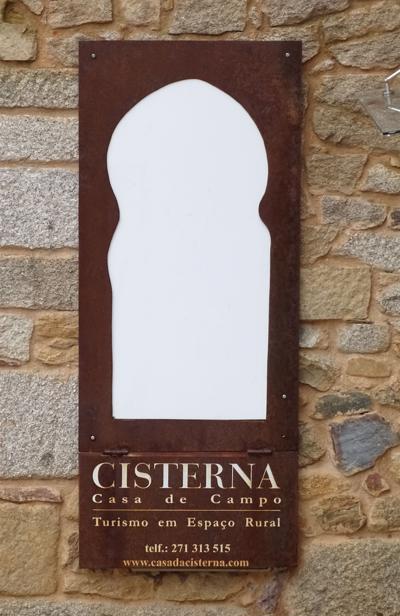
1.
On Our Way
2.
A Day of Cooking and Touring
3.
A Day to See Cheese and Ruins
4.
Sunday Dinner and A Dance Performance
5.
Ceramics and The Mushroom Festival
6.
Small Town Visit
7.
Cooking with Dario
8.
Touring La Pampa Relais & Wine Tasting
9.
Cooking at Kresios & The Amazing Dinner
10.
Pizza Lesson & Mushroom Festival
11.
Our Last Day in Melizzano
12.
Naples, Pizza Making and Tour
13.
Archiological Museum & Pompeii
14.
Shipping Store & Capodimonte
15.
The Amalfi Coast!
16.
The Amalfi Coast: Amalfi
17.
The Amalfi Coast: Positano
18.
Visiting The Buffalo and Paestum
19.
Last Stop on the Amalfi Coast
20.
Portugal, Here We Come!
21.
Visits to Two Palaces
22.
Leaving Lisbon, The Road to Porto
23.
City Tour
24.
A Wine Museum and Vineyard Tour
25.
Visit to Salamanca
26.
An Old Walled Gothic Town
27.
Port Wine Opening
28.
End of Cruise